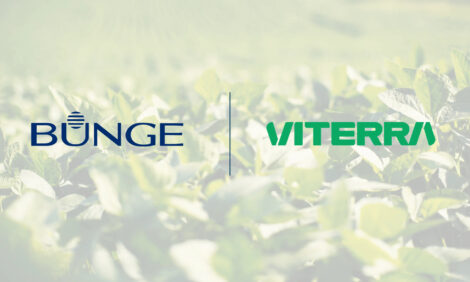



QL Opts for Chick Quality and Incubation Efficiency
INDONESIA - The Indonesian company PT QL Trimitra was formed in 2010 and now operates two breeder farms and a hatchery. The company was created by people with some 20 years of experience in poultry production and hatcheries who came to Indonesia from nearby Malaysia.
The operation supplies the local marketplace with Cobb 500 day old broilers. This breed was chosen because the Indonesian customers kill their broilers as small birds and the Cobb 500 broiler has good early growth which makes it very suitable for this marketplace. In addition, this breed performs satisfactorily at the breeder level. Currently their breeders are peaking at 90-91 per cent hatchability with an overall figure of 85-86 per cent.
Daily shipments
Eggs are shipped daily from the breeding operation to the hatchery on plastic trays and the journey time is under two hours. On arrival, the hatching eggs are graded, trayed and fumigated with formalin prior to going into the egg store where they are typically held at a temperature of 18°C and a relative humidity of 70-75 per cent. If the eggs are stored longer, then the storage temperature is decreased and the humidity increased.
Four settings are placed each week on Mondays, Tuesdays, Thursdays and Fridays. The current capacity is 12 single stage Pas Reform setters, each of which holds 115,200 eggs with corresponding hatchers from the same company.
Quality and efficiency
So, why were machines from Pas Reform chosen? Basically, after studying the options available PT QL Trimitra preferred the Pas Reform machine because of the quality of the chick it produced and the machine’s efficiency in terms of hatchability. In addition, Pas Reform undertook the installing of the machines and prior to this the hatchery manager went to Holland for intensive training with Pas Reform. During the installation Pas Reform trained and inducted the hatchery’s staff. This was critical as the manager and his team were being exposed to what was, for them, a new philosophy and new equipment. Eggs are set by breeder age to optimise chick uniformity. Prior to setting, eggs are pre-heated for seven hours.
Setting is at 7.00am so take off is optimally timed for hatchery and chick customers. Transfer is at 18 days using a candling unit provided by Pas Reform and chicks are pulled on day 21 and the whole incubation cycle is monitored and co-ordinated through a central computer. Chicks are sold ‘as hatched’ and are graded at takeoff. Currently downgrades and rejects total less than 1 per cent. All chicks are vaccinated using Ceva or MSD products – depending on the customer’s choice. Typically, chicks are vaccinated by injection with a killed Newcastle disease vaccine and given live infectious bronchitis vaccine by spray. Some customers kill birds at 24 days (900g) but many take them through to 35 days (1.5kg). The hatchery is currently producing some 400,000 day old chicks per week and with the new hatchery this will rise to 800,000, of which about 50 per cent go on to the company’s own farms and the remainder go to independent farmers and ultimately into the ‘wet market’. The journey to customers’ farms varies between 10-100km.
Maximum freshness
In Asian wet markets the consumer buys his chicken live and then either takes it home to kill it when he wants, or has it killed and dressed while he waits – a system that maximises freshness in a hot, humid country! Bird health is an issue in Indonesia so every breeder house is blood tested monthly to confirm its status. These bloods are screened for Newcastle disease, Gumboro disease, infectious bronchitis and avian influenza to confirm each house’s health and vaccinal status. Soon the company will also undertake salmonella screening.











